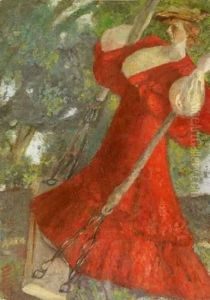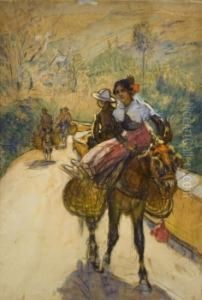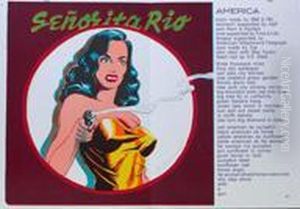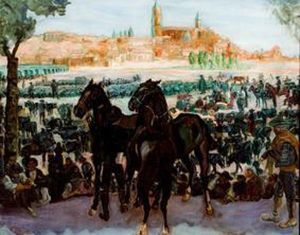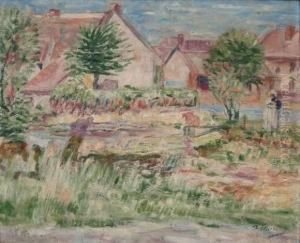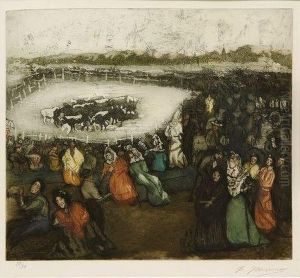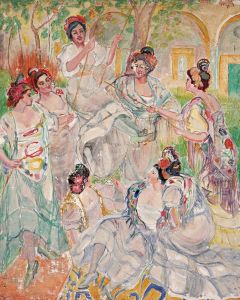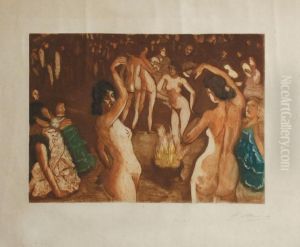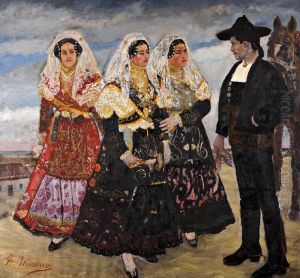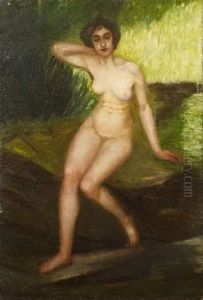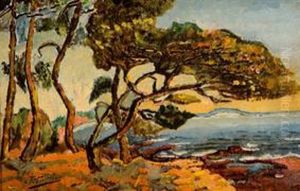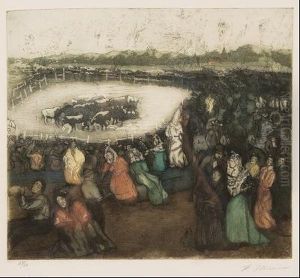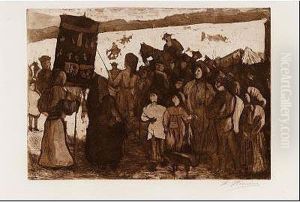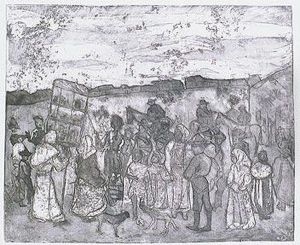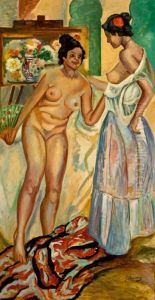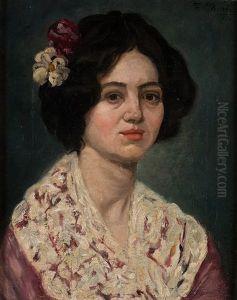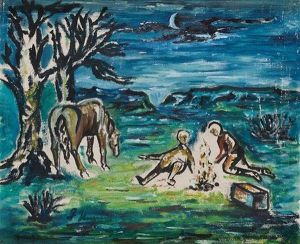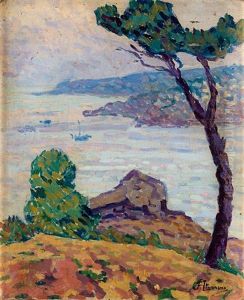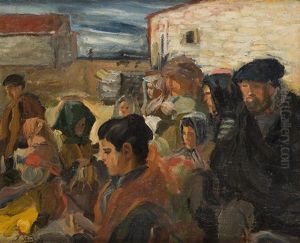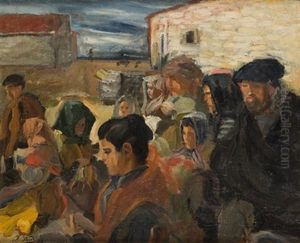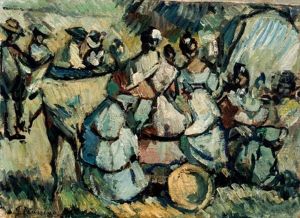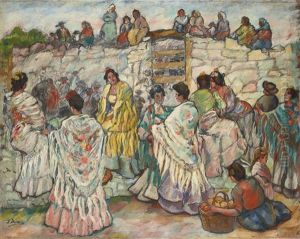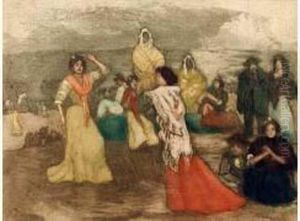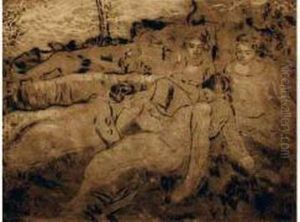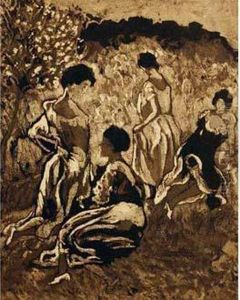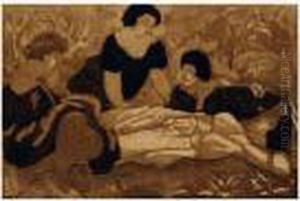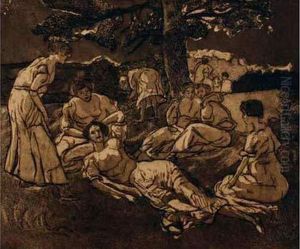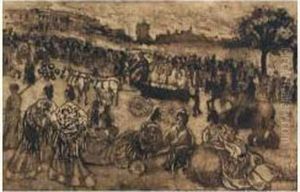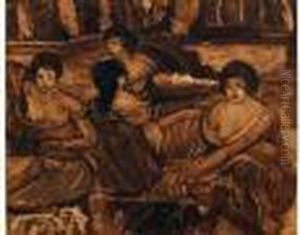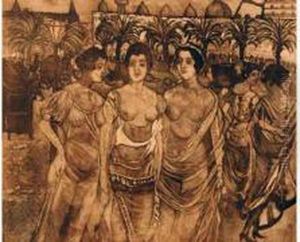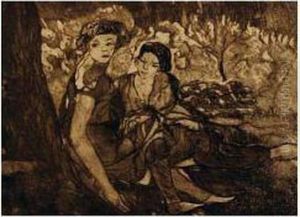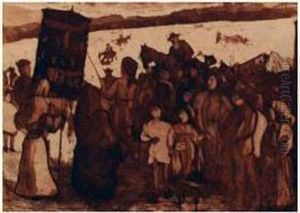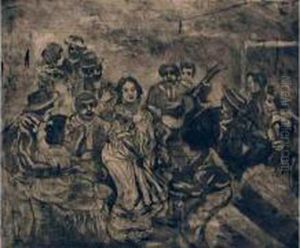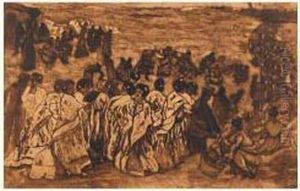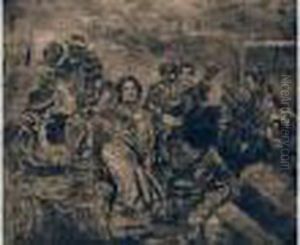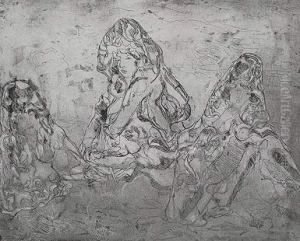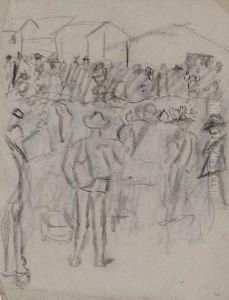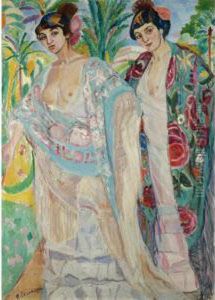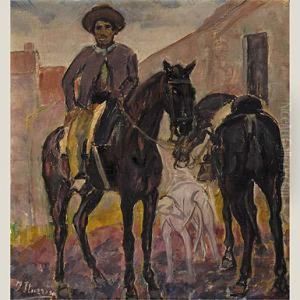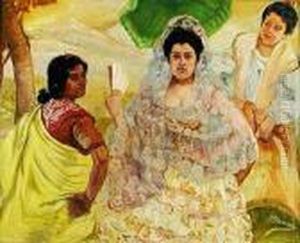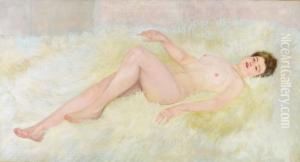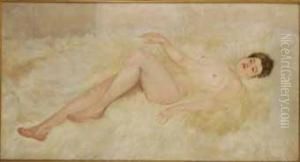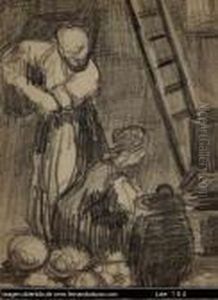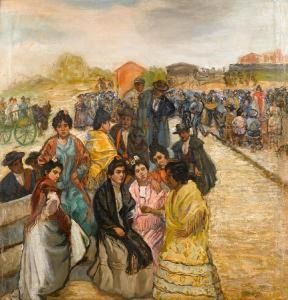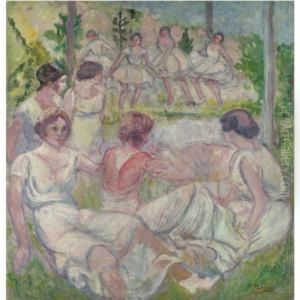Francisco Iturrino Gonzalez Paintings
Francisco Iturrino Gonzalez was a Spanish painter, born on September 9, 1864, in Santander, Spain. He is known for his vibrant use of color and his incorporation of Spanish and French artistic traditions into his work. His full name is Francisco Iturrino González, but he is commonly referred to as Francisco Iturrino.
Iturrino showed an early interest in art and was initially influenced by Spanish masters such as Diego Velázquez and Francisco Goya. He began his formal art education in Bilbao before moving to Belgium, where he studied engineering following his family's wishes. However, his passion for painting led him to abandon his studies and dedicate himself fully to art.
He settled in Paris in the 1890s, a city that was at the forefront of the modern art scene. There, Iturrino was exposed to the works of Impressionists and Post-Impressionists, which greatly influenced his style. He absorbed the vibrant color palette and light treatment of these movements, blending them with his own Spanish artistic heritage.
Iturrino's work often featured landscapes, nudes, and scenes from daily life. He was particularly interested in depicting the human figure, and his nudes are celebrated for their sensuality and unbridled expression of life and vitality. His paintings also reflect a fascination with the Andalusian and gypsy cultures, which he portrayed with both realism and romanticism.
Throughout his career, Iturrino traveled extensively, which enriched his art with diverse cultural influences. He lived in various countries, including France, Belgium, and Morocco. The latter had a significant impact on his color choice and subject matter, infusing his work with the light and atmosphere of North Africa.
Francisco Iturrino's contribution to modern art is notable for his synthesis of different styles and his bold use of color. He is often associated with the Fauvist movement because of his expressive and non-naturalistic color palette. Although not as widely known as some of his contemporaries, Iturrino's work has been recognized for its individuality and its role in the development of early 20th-century modern art.
He continued to paint and exhibit his work until his death on June 21, 1924, in Cagnes-sur-Mer, France. Today, Francisco Iturrino is remembered as a pioneer in the evolution of Spanish painting, and his artworks are held in various museums and private collections around the world.
